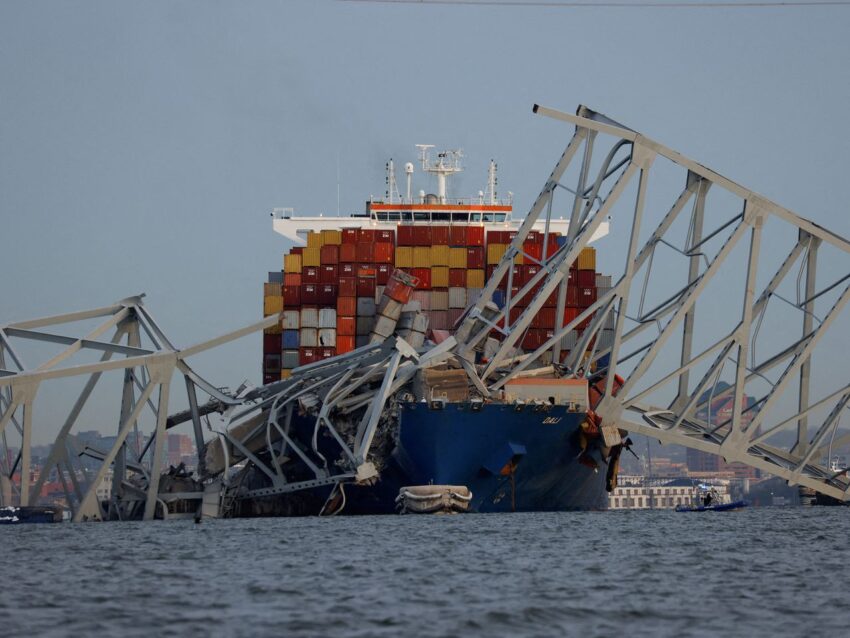Reckoning with Infrastructure Failures
On a tranquil morning in Baltimore, the serenity was shattered by a calamity that shook the city to its core—the collapse of the Baltimore Bridge. This tragic event not only resulted in loss of lives but also unearthed glaring issues within the realm of infrastructure safety and maintenance, sending shockwaves throughout the United States.
The collapse of the Baltimore Bridge wasn’t just a localized incident; its repercussions reverberated across the country, sparking conversations about the state of infrastructure in the United States. Here’s a closer look at the impact of this disaster:
1. Loss of Lives and Livelihoods
The immediate impact of the bridge collapse was the loss of lives. Families were torn apart, communities shattered, and countless individuals left grieving. Moreover, the collapse disrupted the flow of commerce and daily life, affecting businesses and residents in the vicinity. The toll of human suffering cannot be overstated, and it serves as a stark reminder of the stakes involved when infrastructure fails.
2. Safety Concerns and Public Trust
The collapse of a seemingly sturdy structure like the Baltimore Bridge raised profound questions about the safety of infrastructure nationwide. Citizens began to question the integrity of bridges, roads, tunnels, and other critical components of the built environment. The incident eroded public trust in the systems responsible for ensuring infrastructure safety, prompting demands for accountability and reform.
3. Infrastructure Investment and Maintenance
In the aftermath of the disaster, there was a renewed focus on the importance of infrastructure investment and maintenance. Many pointed to years of neglect, budget constraints, and deferred maintenance as underlying factors contributing to the bridge collapse. Policymakers faced mounting pressure to allocate resources toward repairing and upgrading infrastructure to prevent future tragedies.
4. Regulatory Scrutiny and Oversight
The Baltimore Bridge disaster prompted a comprehensive review of regulatory frameworks governing infrastructure safety. Authorities scrutinized inspection protocols, construction standards, and maintenance practices to identify lapses and vulnerabilities. Efforts were made to strengthen oversight mechanisms and enforce stricter compliance measures to uphold safety standards.
5. National Dialogue on Infrastructure
Perhaps one of the most enduring legacies of the Baltimore Bridge disaster is the national dialogue it ignited on infrastructure. It served as a wake-up call, prompting discussions at all levels of government and within communities about the urgent need for infrastructure modernization. The disaster underscored the interconnectedness of infrastructure with public safety, economic vitality, and national security.
Moving Forward
As the dust settled and the grieving process began, communities affected by the Baltimore Bridge disaster rallied together in resilience. There was a shared commitment to honoring the memory of those lost by effecting meaningful change. From grassroots advocacy to legislative action, efforts were underway to rebuild not just physical structures but also trust, confidence, and resilience in the face of adversity.
The Baltimore Bridge disaster was a sobering reminder of the fragility of infrastructure and the profound impact it has on society. It served as a catalyst for change, galvanizing stakeholders to prioritize infrastructure investment, enhance safety measures, and foster a culture of accountability. While the scars of this tragedy may linger, it is through collective action and steadfast determination that communities can emerge stronger and more resilient in the face of future challenges.


